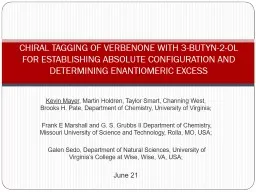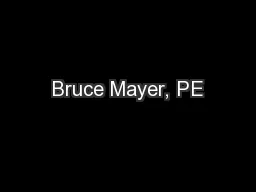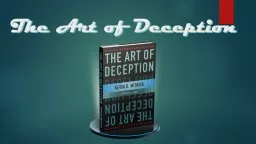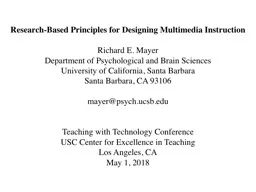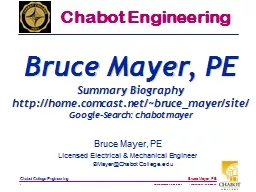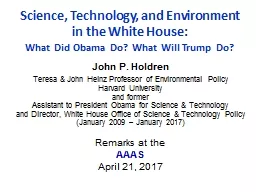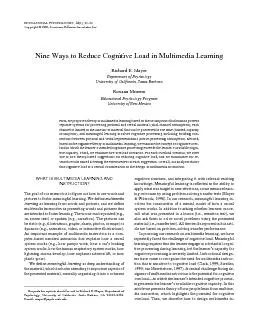PPT-Kevin Mayer , Martin Holdren
Author : lois-ondreau | Published Date : 2018-02-19
Taylor Smart Channing West Brooks H Pate Department of Chemistry University of Virginia Frank E Marshall and G S Grubbs II Department of Chemistry Missouri University
Presentation Embed Code
Download Presentation
Download Presentation The PPT/PDF document "Kevin Mayer , Martin Holdren" is the property of its rightful owner. Permission is granted to download and print the materials on this website for personal, non-commercial use only, and to display it on your personal computer provided you do not modify the materials and that you retain all copyright notices contained in the materials. By downloading content from our website, you accept the terms of this agreement.
Kevin Mayer , Martin Holdren: Transcript
Download Rules Of Document
"Kevin Mayer , Martin Holdren"The content belongs to its owner. You may download and print it for personal use, without modification, and keep all copyright notices. By downloading, you agree to these terms.
Related Documents

